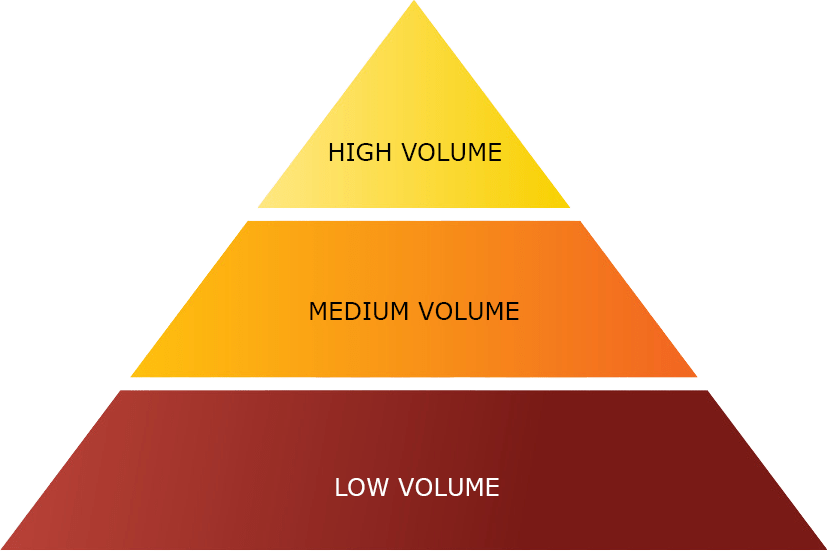A Mindful Approach to Keyword Strategy for Top Ranking Results
Think of how the brain works… billions of neurons that are only functional due to their interconnectedness. Then the next level of organization has parts of the brain that are compartmentalized which serve specialized functions, i.e. the neocortex, hippocampus, amygdala, medula oblongata and so on. Surprisingly, keywords work in much the same way.
Continuing with this analogy, consider each one of the specialized structures of the brain as your product lines and services. This means that each product line would have a grouping of keywords that are all related. For example, you could have “BDNF ELISA kit”, “sensitive BDNF ELISA kit”, “best BDNF ELISA kit”, “ELISA kit manufacturer”, “BDNF ELISA kit reviews”.
Casting a Net Around Cornerstone Content
These grouping of keywords are known as keyword silos. A keyword silo would comprise of a minimum of 5 related keywords and average about 10. Every keyword silo would contain cornerstone content.
Cornerstone content would be content that you want to feature. Think of this as a core offering of your company that everyone visiting your website should know about. Maybe you have products and services related to “long-read sequencing”. That means you would want to include that keyword along with at least 4 related keywords, i.e. “third-generation sequencing”, “whole genome sequencing”, “variant detection”, and “full-length RNA sequencing”. Then you could add specific product names to this keyword silo.


Building a Search Volume Pyramid
We have broken down search volume into 3 tiers, high, medium, and low. We define low as search volume that is 500 searches or less per month. Medium search volume is between 501 and 3000 searches per month. High search volume is over 3000 searches per month.
These numbers were defined by doing an analysis of multitudes of search terms, which are the keywords you are selecting, and averaging them out. It turns out that the low volume search terms are typically long-tail keywords. An example would be “CD4 antibody FITC flow cytometry”. They are almost like a phrase, but very specific. Even though these terms might not be searched frequently they are usually associated with a qualified lead ready to make a purchase.
The high volume search terms are usually for general topics. For instance, “real-time PCR” would be a high volume search term. Even though there are many people searching this keword they tend to be educating themselves on the subject, like students. There is still value in getting these prospects to find you because it does build brand recognition. You could have this keyword linked to a resource guide on PCR that requires visitors to provide their contact information in order to download. A good percentage of them could be nurtured into becoming customers by following a drip campaign formula.








